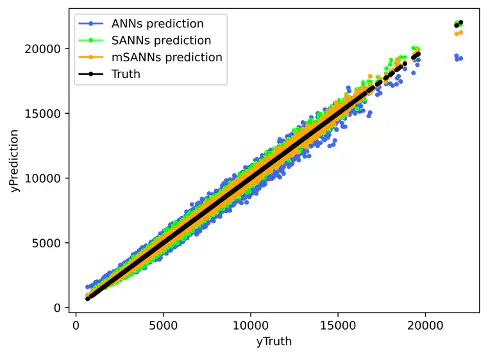 Image credit: Unsplash
Image credit: Unsplash
Abstract
Focusing on the actual needs of airfoil optimization design problems, this paper proposes to use gradient enhanced neural network as a surrogate model instead of CFD simulation calculation to predict the aerodynamic parameters of airfoils. By comparing and testing the traditional neural network, the gradient-enhanced neural network and the gradient-enhanced neural network variant in this paper, the superiority of the network in terms of prediction performance and convergence speed is clarified. For the preprocessing of data, this paper uses singular value decomposition to parameterize airfoils and decompose airfoils into modes and modal coefficients. The inverse distance-weighted interpolation method is used to construct a constraint function to limit the modal coefficient and exclude abnormal airfoils. Latin hypercube sampling was used to generate airfoil samples, and ADflow was used to calculate the aerodynamic parameters and their derivatives. The obtained results are put into the neural network for training, and coupled with the airfoil optimization software package for optimization design. Compared with the high-confidence CFD optimization method, the optimization results are almost indistinguishable, but the optimization time is greatly reduced.
Supplementary notes can be added here, including code, math, and images.